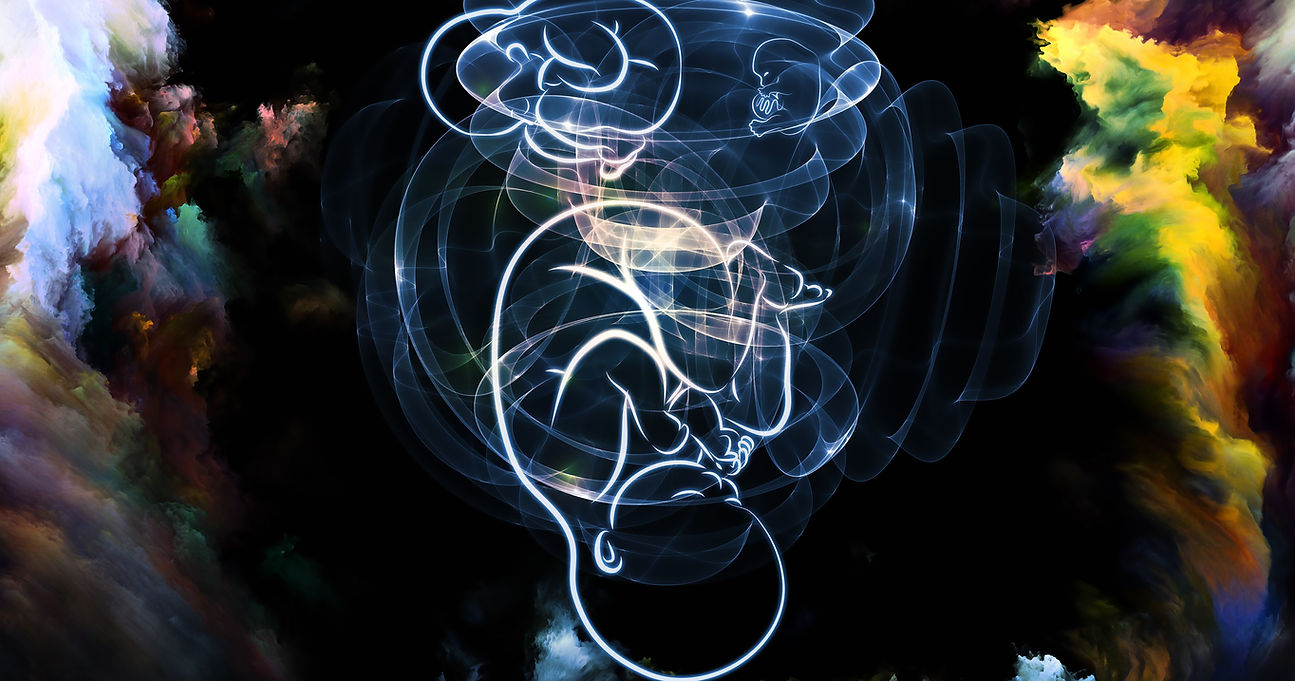By: Eric Wang
30 million years ago, a virus infected our ancestors. But then, something happened. One of its genes got trapped in our ancestors’ genomes. Over time, this viral gene was “domesticated” and now helps fight off viruses by blocking their entrance to cells. That invader turned helper gene is Suppressyn (SUPYN).
A virus that embeds its genes into our genome is called a retrovirus. The most famous example is probably HIV. Once viral genes become incorporated into our genome, it’s called an endogenous retrovirus. About 8% of our DNA are snippets of endogenous retroviruses. Although they are no longer able to infect and multiply, some still have uses.
Molecular biologist Cedric Feschotte of Cornell University and his team conducted a study that scanned the human genome for endogenous retrovirus sequences. The scan returned 1507 such sequences, one of which was in the human gene SUPYN.
Encoding a protein built in the placenta, SUPYN bind to a cell receptor called ASCT2. This allows for another endogenous retrovirus-containing molecule called Syncytin to fuse cells during fetal development. ASCT2 is also a vulnerable point.
Type D retroviruses use ASCT2 to bypass defenses and sneak into cells. Dr. Feschotte says this would have been a significant challenge for early animals. If the placenta weren’t safeguarded, retroviruses that infected an embryo could get to egg and sperm cells.
When Feschotte experimentally infected placenta cells with such retroviruses, they found that SUPYN competed with the pathogens by blocking ASCT2 receptors. The placenta cells also seemed to call for help from SUPYN when they detected a virus, suggesting that SUPYN also encodes an anti-virus protein.
Although SUPYN is recognized as a human gene, Feschotte notes that 99% of the other endogenous retroviruses appear to just be junk DNA. “This is a treasure trove of potential proteins. There is at least the potential that these treasures have interesting activities for medicine or psychology or development,” he says. Perhaps one day we will be able to develop a universal vaccine using some ancient virus’ DNA…











